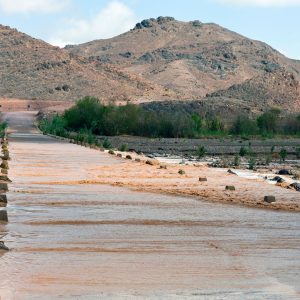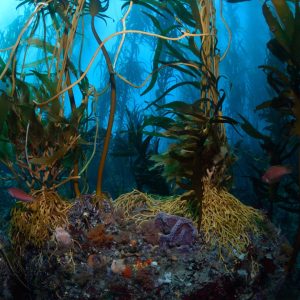This is how harmful the tourism industry is to the climate

The tourism industry is one of the most important economic factors worldwide and at the same time one of the biggest climate sinners. According to the UN World Tourism Organization (UNWTO), CO2 emissions in tourism will rise by 25% by 2035 instead of falling - as is so urgently needed - and will account for 5.3% of all global CO2 emissions.
Breakdown of CO2 emissions
The majority (approx. 75%) of the emissions generated are attributable to transportation to and from the vacation destinations, approx. 20% to the accommodation establishments and the small remainder to the activities on site.
CO2 emissions depend on two main factors: the distance to the destination and the choice of means of transportation
The most important means of transportation is the airplane, which also causes the majority of emissions, followed by the car. Using an example, the atmosfair platform has calculated the consumption of a family of four traveling for seven days according to the type of vacation and ranked the emissions as follows: The most harmful is an overseas cruise, followed by a long-distance trip by plane. The most climate-friendly option is a vacation in your own country.
The average two flights a person takes per year are just as harmful to the climate as all car journeys in the same period.
According to the UNWTO report, these transport-related emissions are set to rise sharply by 45% by 2035 (measured from 2016). The UNWTO has set up its own platform for achieving the 2030 SDGs (Sustainable Development Goals), which is intended to help make the tourism industry more sustainable and achieve the sustainability goals of the UN 2030 Agenda.
So if we want to consciously travel ecologically, we cannot avoid an alternative journey by bus or train, which is impossible with long-distance travel. Here we have to consider reducing, doing without or offsetting.
Buying with a clear conscience
If you can't or don't want to fly and/or want to make a contribution to climate protection, you can offset emissions with the help of compensation payments. There are now numerous platforms such as myclimate or atmosfair. A long-distance trip to New Zealand, for example, would mean offsetting payments of over 300 euros per person, which hardly anyone is prepared to do. There are also accusations of greenwashing through offset payments.
Some eco-tourism providers participate in reforestation projects to compensate for air travel. You have to take a close look at how effective this commitment is. The issue of offsetting is quite complex and multi-layered.
Enable comparability of trips
This October, the KlimaLink association was founded by a total of 22 founding members from the D-A-CH region, including the respective national travel associations, Futouris and myclimate, with the aim of providing emissions data digitally on the basis of a uniform CO₂ calculation standard. The emissions data for all relevant travel components, such as flights, hotels, cruises, trains, buses and cars, should enable different travel options to be compared on a CO2 basis. The platform should be available to customers from 2024.
Our.pro.earth.conclusion:
This means that climate-neutral travel is an impossibility. If we want to travel in a climate-conscious way, certain destinations are no longer accessible to us, or only with enormous additional financial and time expenditure. The number of trips would also have to be reduced. And worldwide. Going against the post-pandemic trend of traveling often and far again. To what extent are today's consumers prepared to do this?
Left:






